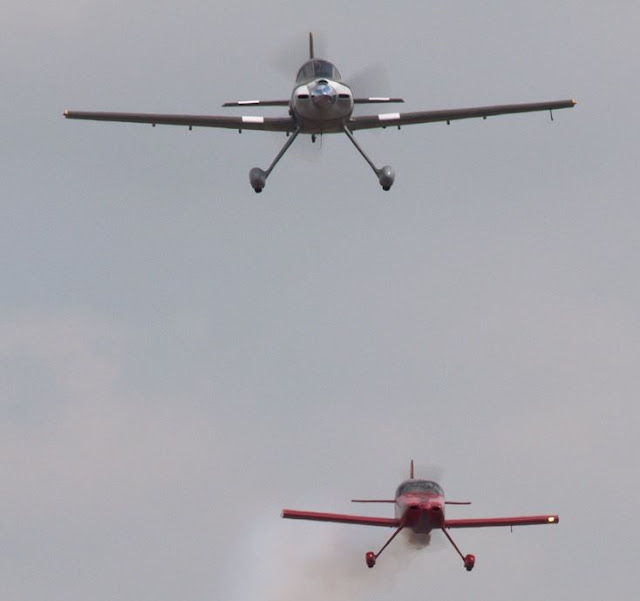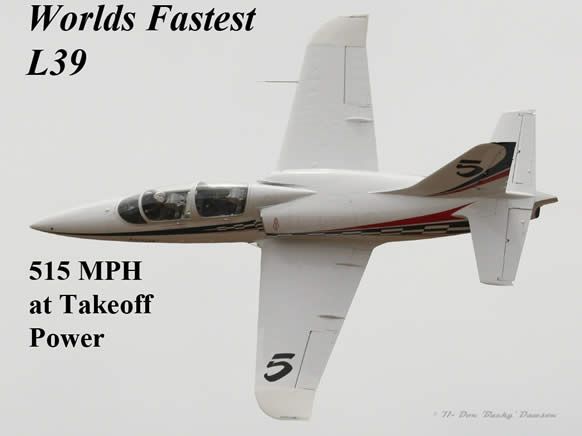jenatepilot
Member
I love what Harmon did for the RV4 giving it a shorter and stiffer wing and coincidentally a higher G tolerance. Is there ANYONE who has done the same favor for the RV8???

I love what Harmon did for the RV4 giving it a shorter and stiffer wing and coincidentally a higher G tolerance. Is there ANYONE who has done the same favor for the RV8???
I have a friend who did this on a Super 8, not yet flying. Cut the last outboard bay off and built shortened ailerons.
I have a friend who did this on a Super 8, not yet flying. Cut the last outboard bay off and built shortened ailerons.
great info guys. If my measurements are right, then leaving the wing tips off and making a flush end will take a full 2 feet off the span leaving it at 22'. The harmon II is only 2" less than that so it sounds like a quick fix for faster roll rate and less drag...
I love what Harmon did for the RV4 giving it a shorter and stiffer wing and coincidentally a higher G tolerance. Is there ANYONE who has done the same favor for the RV8???
I love what Harmon did for the RV4 giving it a shorter and stiffer wing and coincidentally a higher G tolerance. Is there ANYONE who has done the same favor for the RV8???
JM Out of Indy?
The Rocket can get away with a shorter wing (which REQUIRES a higher IAS, all else being equal) because the ship has a larger engine. If you do not add a serious upgrade in HP to a clipped 8, the ship is gonna be significantly slower at higher altitudes, as in above 5000MSL, which is not very high.
Remember, every design is a compromise. To get something, you are likely to give up something, unless a wing redesign is also in your plans.
Carry on!
Mark
Yep that's correct!


...are our tips on my -10 not fairly close to being of Scimitar design? Those and also the two seaters with the "batwing" type tips?
Best,
I've been meaning to post this and will get more pics up at a later date (with a better view from the top).
Here's an RV-8A with RV-4 wings and was built by a craftsman from the 'Bakersfield Bunch'Rosie
